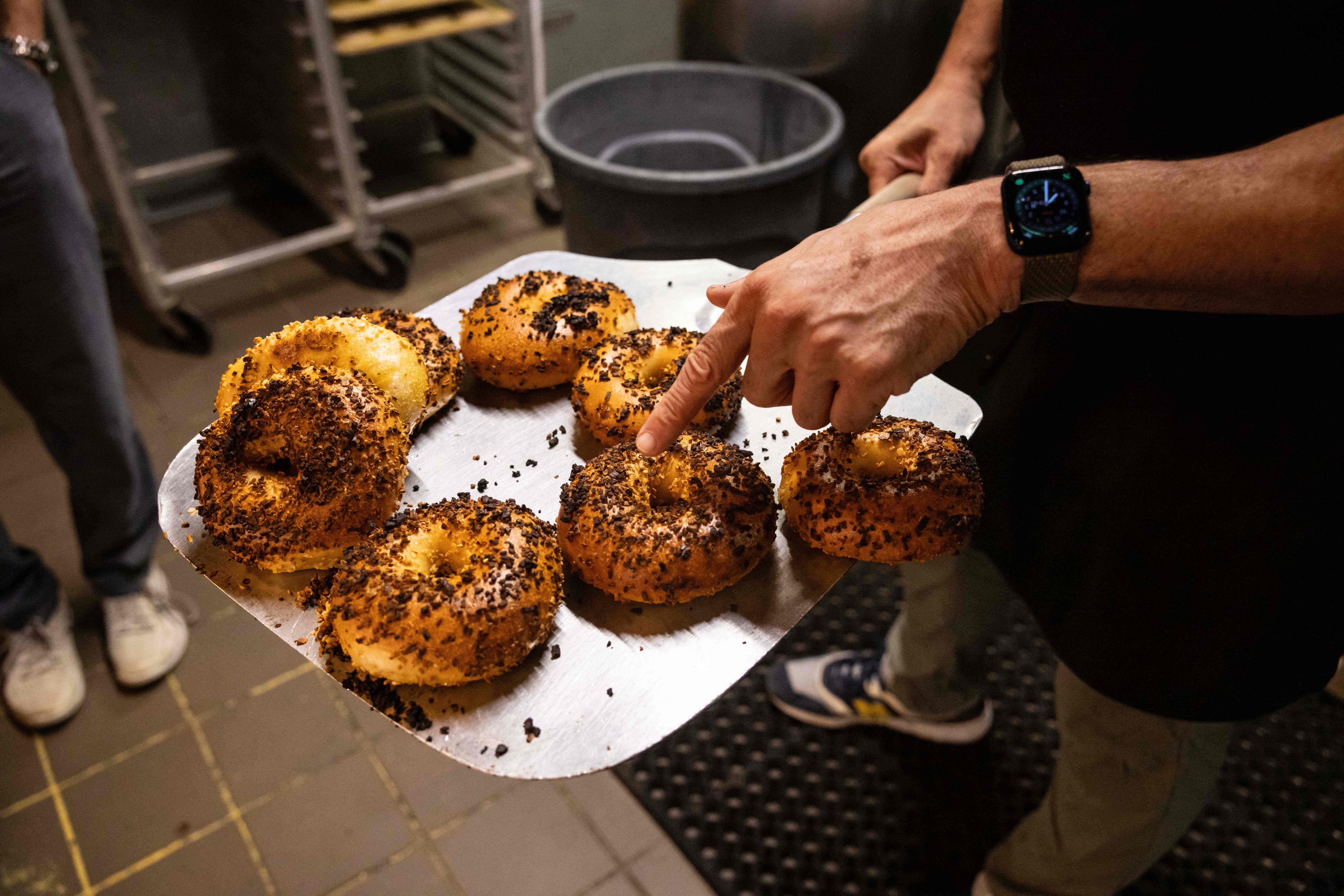What to Know
- Tiangong-1, known as “Heavenly Palace,” crashed in the central South Pacific
- U.S. and Chinese officials said the craft re-entered Earth's atmosphere around 8:16 p.m. ET
- Experts said the public should not worry because it's extremely unlikely the out-of-control space station would survive reentry
China's out-of-control Tiangong 1 space station plunged to Earth at 17,000 mph on Sunday night.
U.S. and Chinese officials say the defunct craft mostly burned up upon re-entering the Earth's atmosphere over the central South Pacific at 8:16 p.m. ET.
The European Space Agency had said the station, whose name translates as "Heavenly Palace," would re-enter sometime between Sunday night and early Monday.
Officials believed the craft would return to Earth somewhere 43 degrees north and 43 degrees south, a range covering most of the United States, China, Africa, southern Europe, Australia and South America. The tri-state was included in this possible crash zone.
Only about 10 percent of the bus-sized, 8.5-ton spacecraft was expected to survive being burned up on re-entry, mainly its heavier components such as its engines.
“The reentry may appear as multiple bright streaks moving across the sky in the same direction,” Aerospace Corp. said, adding that because of the large size of the object, many pieces may reenter together, with some surviving and landing on the Earth’s surface.
Local
The chances of any one person being hit by debris are considered less than one in a trillion. To put this into context, the risk that an individual in the U.S. will be struck by lightning is about one in 1.4 million.
There is only one known case where space debris struck a person. Lottie Williams of Tulsa, Oklahoma, was struck in the shoulder by a small piece of space debris while walking in 1996. She was not injured.
Experts do warn, however, that if you do come across any debris, do not touch the object or inhale any of the vapors it may emit because there is the possibility that a substance known as hydrazine may survive reentry. This substance is highly toxic and corrosive.
Launched in 2011, Tiangong 1 was China's first space station, serving as an experimental platform for bigger projects, such as the Tiangong 2 launched in September 2016 and a future permanent Chinese space station.
The station played host to two crewed missions and served as a test platform for perfecting docking procedures and other operations. Its last crew departed in 2013 and contact with it was cut in 2016.
Since then, it has orbited gradually closer and closer to Earth on its own while being monitored.
Many Western space experts think China has lost control of the station. China's chief space laboratory designer, Zhu Zongpeng, has denied Tiangong was out of control, but hasn't provided specifics on what, if anything, China was doing to guide the craft's return to Earth.



